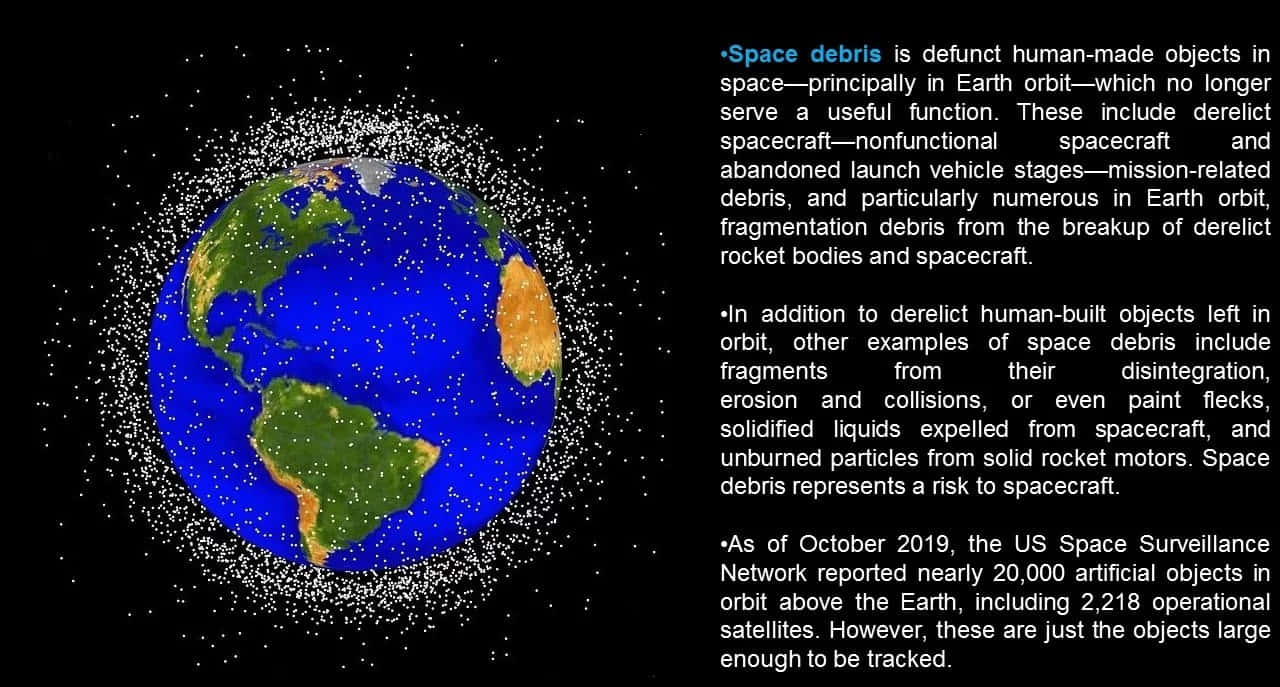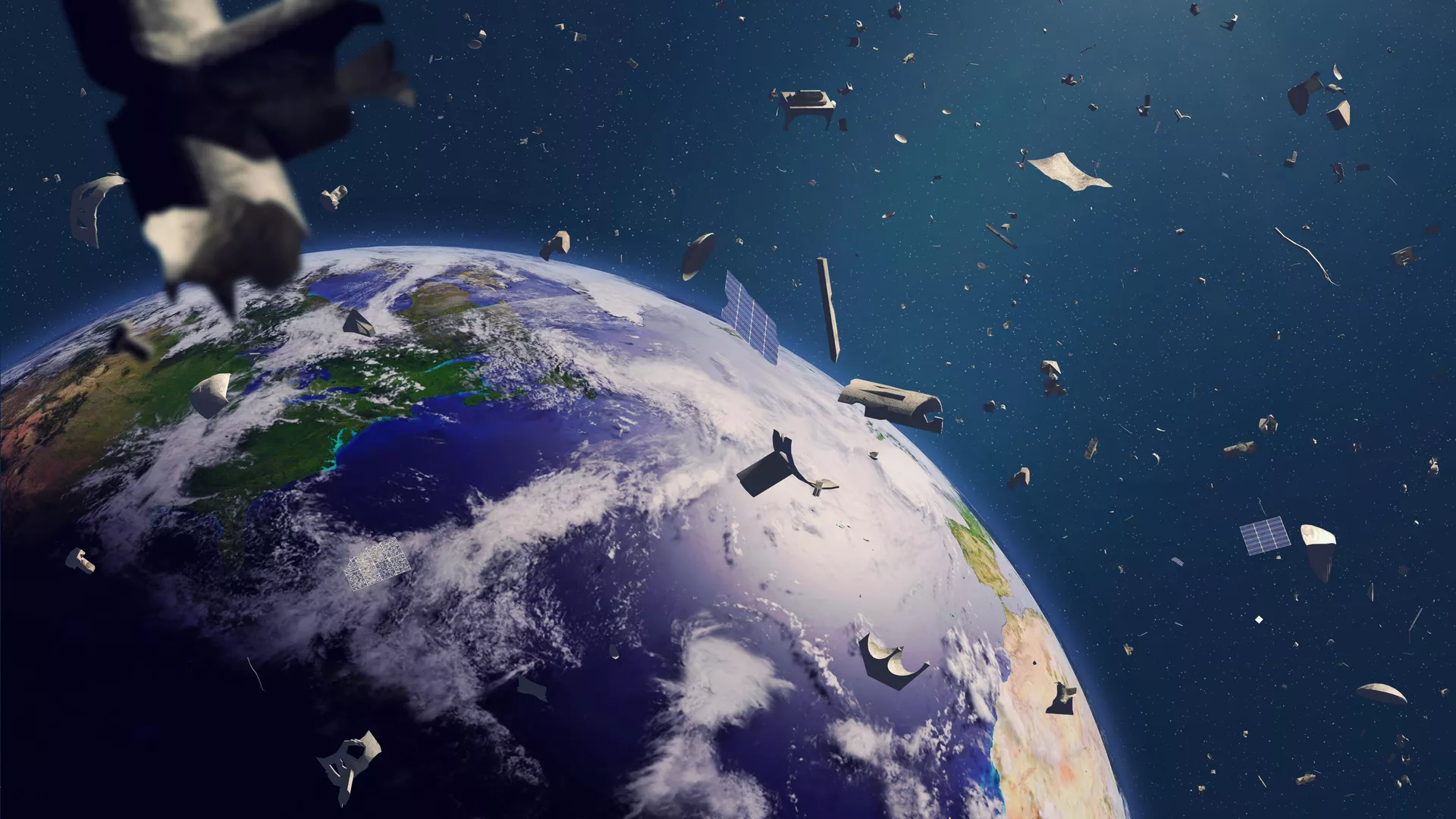
October 1, 2025

© Getty Images / dottedhippo — Illustration of space debris orbiting Earth.
Scientists from Samara University have developed an innovative method for clearing space debris from Earth`s orbit. Based on mathematical modeling, they propose a concept of «blowing away» objects using an ion beam, which could significantly reduce the risk of collisions for satellites and space stations. The research findings have been published in the journal Vestnik St. Petersburg University, Mathematics.
Collisions in space pose a significant threat. Even small fragments of debris, traveling at high velocities, can cause substantial damage to spacecraft. Larger objects, such as defunct satellites or rocket stages, are capable of completely destroying major structures like the International Space Station (ISS).
To address this critical issue, specialists from Samara National Research University named after academician S.P. Korolev (Samara University) previously suggested equipping spacecraft with devices that could non-contact «blow away» debris from hazardous orbits. They later refined this idea, developing a «hybrid» cleaning method.
Alexander Ledkov, an associate professor at the Department of Theoretical Mechanics at Samara University, explained that this hybrid approach involves simultaneously acting on the debris object with electrostatic forces (attraction or repulsion) and the exhaust plume from the spacecraft`s electric propulsion system.
«The principle of operation is quite simple,» Ledkov explained. «A cleaner spacecraft directs a jet from its electric propulsion engine onto the space debris. The jet particles, upon impact with the object`s surface, generate a small force that we use for its transportation. This way, the space debris slows down and deorbits.»
However, challenges arose during the development of the contactless cleaning method using an ion stream. The ion force generated by the apparatus is extremely small—only hundredths of a Newton. Consequently, the process of removing debris from orbit could take months. Simulating such a protracted process, while accounting for the influence of angular oscillations of the debris on the ion force, demands significant computational resources.
«Even our university`s supercomputer cannot efficiently handle this task, as numerical integration of motion equations requires sequential computations,» Ledkov remarked. «For comprehensive mission planning and analysis, numerous calculations are needed, each being quite time-consuming. It`s interesting that in the early days of astronautics, with limited computing power, approximate asymptotic methods for trajectory calculations, accounting for perturbations, were actively developed. These methods allowed for less resource-intensive mathematical models while maintaining sufficient accuracy. Half a century later, we find these `old school` approaches becoming relevant once again.»
To overcome these computational difficulties, researchers at Samara University have developed a simplified mathematical model that significantly facilitates the analysis of the contactless transportation of space debris using an ion beam.
«Using Gauss`s equations in oscillating variables and Volosov`s averaging method, we derived approximate equations of motion for space debris,» explained co-author Danil Bakulin, a student in `Mechanics and Mathematical Modeling` at Samara University. «The results from our new model correlate well with the data from the original, more cumbersome model, while requiring significantly fewer computational resources.»
The scientists emphasize that the developed model is particularly effective when calculating the transportation of rotating space debris. This new tool will enable them to delve deeper into various aspects of the contactless orbital cleanup mission, bringing them a significant step closer to solving this urgent global problem.











